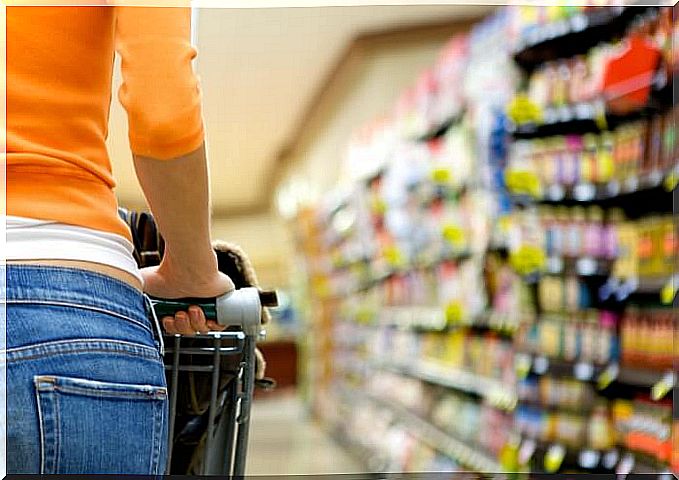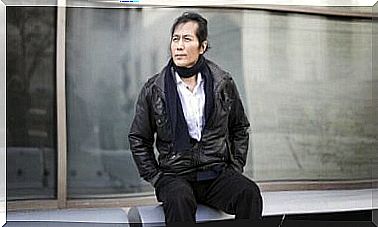Do You Know The Best Tricks They Use To Make Us Buy More?

Did you know that supermarkets and shopping centers use different “gadgets” to make you spend more? For example, with the strategic arrangement of certain products. The techniques are similar all over the world and are unnoticeable by most clients.
Department stores, supermarket chains or “malls” are not to offer a service to the community, but to do business. There is nothing wrong with this, it is true, but if we must pay attention to the strategies they use to encourage our consumption.
According to research, most of the purchases we make in a store are not planned in advance. Sure, because no matter how much we make a list of what we need, we will surely end up buying additional items. It is not that we are forgetful and do not realize that we did not have this product at home or that we were going to need it in successive days; what really happens is that we buy it because “they are telling us to buy it.” But in a subtle way, so that we don’t realize it.
The statistics in turn indicate that if we are going to do the shopping as a couple or with the children, we will spend much more than if we go alone. Why? The answer is simple: because they will not only be encouraging one customer to buy, but two, three or four (depending on the members of the family). Each of them will want to take home something that has caught their attention, without really that product being a necessity.
Now, is there something wrong with “indulging ourselves” and buying something that we liked? Of course not, as long as we do it conscientiously. We can say, before entering the supermarket, that we will allow ourselves chocolate, a good wine or a packet of chips because we want to enjoy them or because we have something to celebrate. What is more dangerous, then, is that we go with the intention of not buying anything additional and end up with twenty bags that are overflowing with things that we had not even thought of buying.
What are the strategies that supermarkets use to make you spend more during your stay in business?
The initial strategy starts when you enter with the first thing you take, even if you don’t pay for it, the cart. But beware! The name is not appropriate, since they are not carts, but XL carts. Its dimensions are generous so that you are just as generous buying. If we were to make a comparison with the first carts, which emerged in the 30s, and those of today, we would realize that their size has been increasing remarkably. The reason is simple, the bigger the car, the more it will cost us to fill it, so we will have to buy more. The most satisfied consumers are those who arrive at the checkout with a cart full of things (how they do to pay for it later is a separate question).
Another of the techniques they use is in prices, with the so-called penny technique. Have you noticed that values always end in “9”? For example, if the product costs 10 euros, they will place 9.99 euros. And this obviously has a logical or scientific explanation. It is proven that people see the first figure before and do not pay much attention to the cents. So instead of thinking that we will pay 10 euros minus 1 cent, our brain considers that we will pay only 9 euros.
But, we will continue to buy. Another technique used by department stores is to place the items they want to sell especially at eye level. In this way, we will go walking or strolling with the car and we will see the articles that the store wants us to see before. Surely, what is placed “within reach” is what represents a greater profit or what they want to sell quickly because it is closer to expiration. Products that could be a cheaper alternative will surely be closer to the ground or at a great height so that it is not so easy to reach them. Thus, we will desist from them and we will turn to those that we can take without problems.
And finally, the essential items (rice, milk, eggs, vegetables, etc.) are those that are farthest from the entrance. On the contrary, the expendable items (sweets, soft drinks, pastries, etc.) are placed near the boxes, so that while we are waiting to pay or on the way to that place we can take them and place them in the car.
The next time you go shopping, pay attention to these strategies and the consumer habits of your customers. And above all, don’t be fooled by these techniques!









